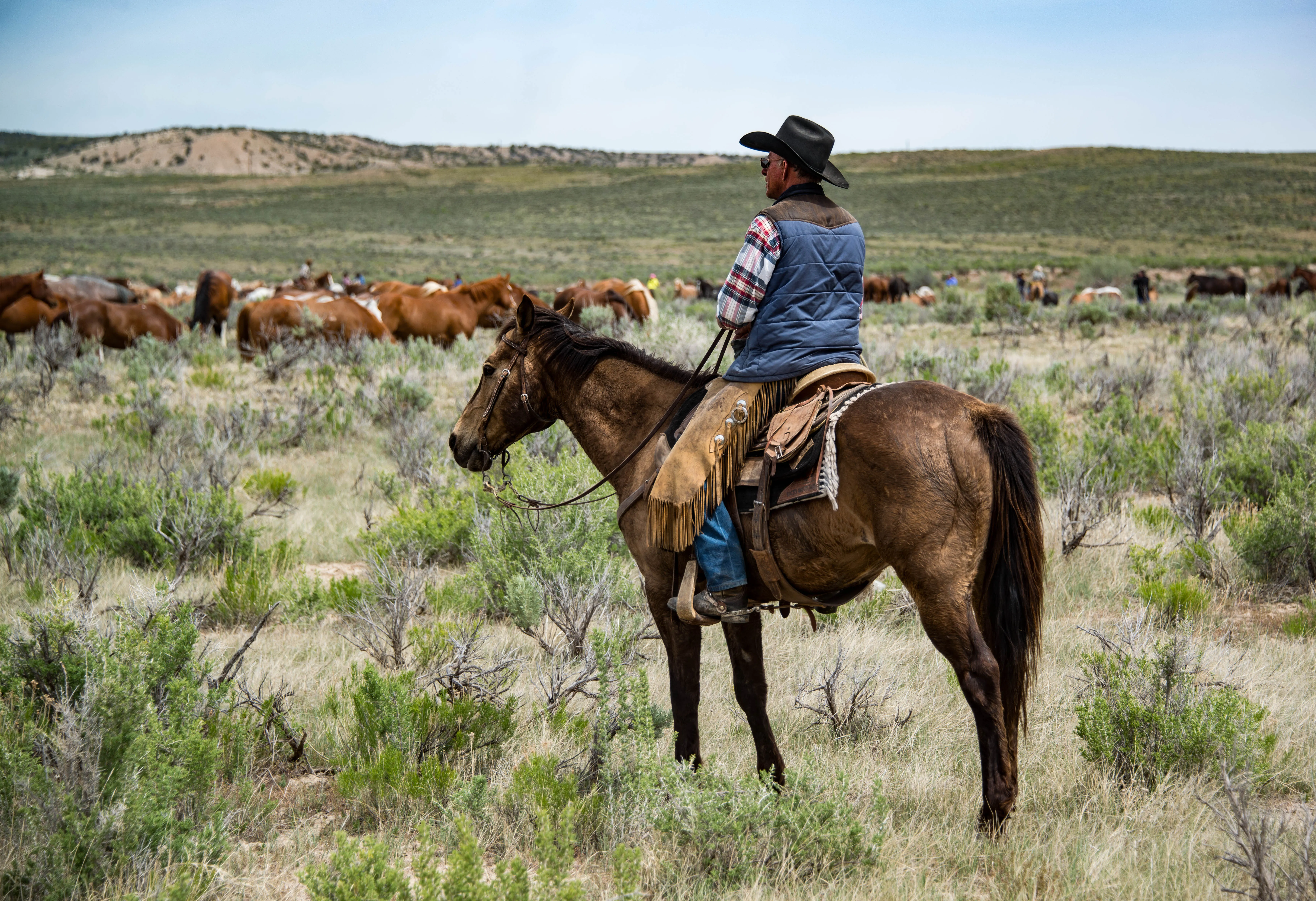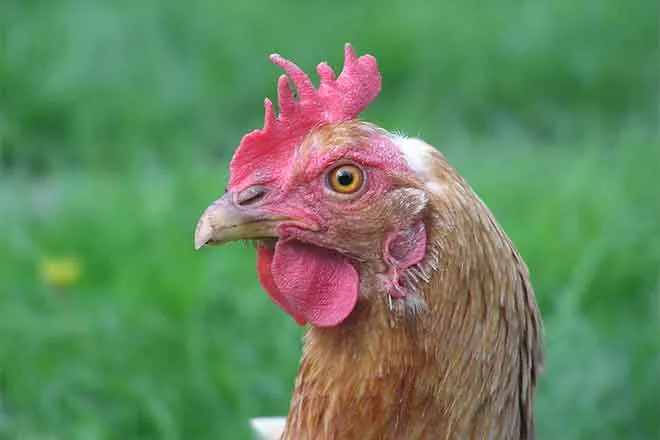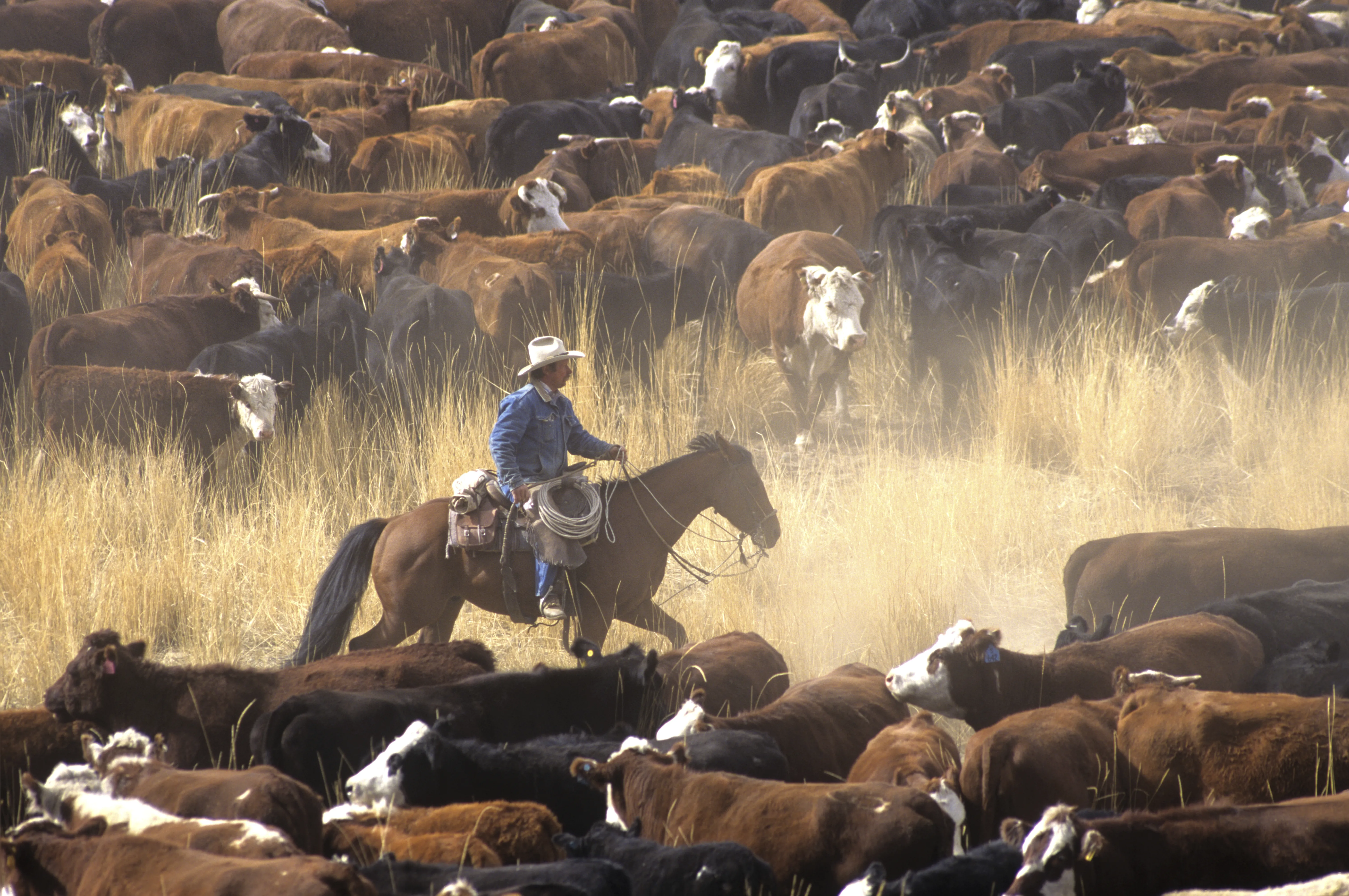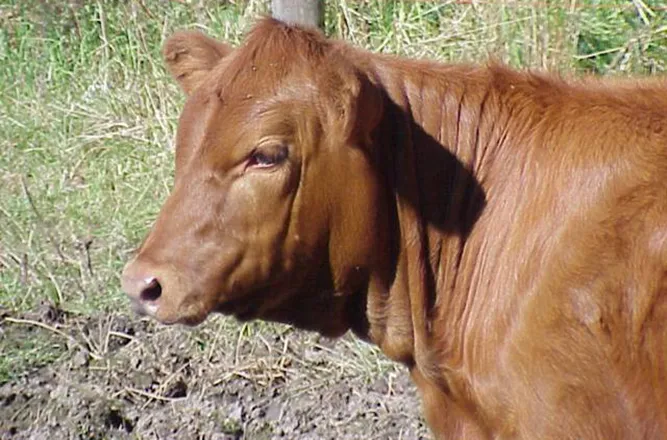
Ag stats: December 2021 mountain states cattle inventory report
ARIZONA
The January 1, 2022 inventory of all cattle and calves in Arizona totaled 960,000 head, down 2 percent from the January 1, 2021 inventory, according to the January 1 Cattle Survey conducted by the Mountain Regional Field Office of the National Agricultural Statistics Service, USDA. Beef cows, at 171,000 head, were down 21,000 head from the previous year. Milk cows decreased 4,000 head from last year to 194,000 head. Arizona’s 2021 calf crop, at 290,000 head, is down 5 percent from 2020.
Other class estimates as of January 1, 2022 and percent changes from 2021 were as follows: Beef replacement heifers 500 pounds and over, unchanged at 25,000 head; milk replacement heifers 500 pounds and over, unchanged at 120,000 head; other heifers 500 pounds and over, up 67 percent to 25,000 head; steers 500 pounds and over, up 2 percent to 290,000 head; bulls 500 pounds and over, unchanged at 20,000 head; and calves under 500 pounds, down 8 percent to 115,000 head. The total inventory included 274,000 head of cattle and calves on feed, up 3 percent from last year.
COLORADO
The January 1, 2022 inventory of all cattle and calves in Colorado totaled 2.65 million head, down 2 percent from the January 1, 2021 inventory, according to the January 1 Cattle Survey conducted by the Mountain Regional Field Office of the National Agricultural Statistics Service, USDA. Beef cows, at 638,000 head, were down 21,000 head from the previous year. Milk cows increased 1,000 head from last year to 202,000 head. Colorado’s 2021 calf crop, at 800,000 head, is up 1 percent from 2020.
Other class estimates as of January 1, 2022 and percent changes from 2021 were as follows: Beef replacement heifers 500 pounds and over, up 4 percent to 135,000 head; milk replacement heifers 500 pounds and over, down 4 percent to 115,000 head; other heifers 500 pounds and over, up 2 percent to 590,000 head; steers 500 pounds and over, down 6 percent to 800,000 head; bulls 500 pounds and over, unchanged at 45,000 head; and calves under 500 pounds, up 9 percent to 125,000 head. The total inventory included 1.16 million head of cattle and calves on feed, up 2 percent from last year.
MONTANA
The January 1, 2022 inventory of all cattle and calves in Montana totaled 2.20 million head, down 10 percent from the January 1, 2021 inventory, according to the January 1 Cattle Survey conducted by the Mountain Regional Field Office of the National Agricultural Statistics Service, USDA. Beef cows, at 1.30 million head, were down 90,000 head from the previous year. Milk cows were unchanged at 11,000 head. Montana’s 2021 calf crop, at 1.31 million head, is down 6 percent from 2020.
Other class estimates as of January 1, 2022 and percent changes from 2021 were as follows: Beef replacement heifers 500 pounds and over, down 13 percent to 330,000 head; milk replacement heifers 500 pounds and over, unchanged at 4,000 head; other heifers 500 pounds and over, down 19 percent to 176,000 head; steers 500 pounds and over, down 18 percent to 205,000 head; bulls 500 pounds and over, down 5 percent to 95,000 head; and calves under 500 pounds, down 20 percent to 80,000 head. The total inventory included 43,000 head of cattle and calves on feed, down 19 percent from last year.
NEW MEXICO
The January 1, 2022 inventory of all cattle and calves in New Mexico totaled 1.30 million head, down 6 percent from the January 1, 2021 inventory, according to the January 1 Cattle Survey conducted by the Mountain Regional Field Office of the National Agricultural Statistics Service, USDA. Beef cows, at 453,000 head, were down 10,000 head from the previous year. Milk cows decreased 45,000 head from last year to 292,000 head. New Mexico’s 2021 calf crop, at 580,000 head, is down 5 percent from 2020.
Other class estimates as of January 1, 2022 and percent changes from 2021 were as follows: Beef replacement heifers 500 pounds and over, down 7 percent to 70,000 head; milk replacement heifers 500 pounds and over, down 4 percent to 125,000 head; other heifers 500 pounds and over, down 7 percent to 70,000 head; steers 500 pounds and over, up 6 percent to 95,000 head; bulls 500 pounds and over, down 17 percent to 25,000 head; and calves under 500 pounds, down 11 percent to 170,000 head.
UTAH
The January 1, 2022 inventory of all cattle and calves in Utah totaled 790,000 head, down 1 percent from the January 1, 2021 inventory, according to the January 1 Cattle Survey conducted by the Mountain Regional Field Office of the National Agricultural Statistics Service, USDA. Beef cows, at 331,000 head, were down 14,000 head from the previous year. Milk cows decreased 1,000 head from last year to 94,000 head. Utah’s 2021 calf crop, at 380,000 head, is down 1 percent from 2020.
Other class estimates as of January 1, 2022 and percent changes from 2021 were as follows: Beef replacement heifers 500 pounds and over, down 7 percent to 70,000 head; milk replacement heifers 500 pounds and over, unchanged at 55,000 head; other heifers 500 pounds and over, up 9 percent to 60,000 head; steers 500 pounds and over, up 6 percent to 90,000 head; bulls 500 pounds and over, down 8 percent to 23,000 head; and calves under 500 pounds, up 3 percent to 67,000 head. The total inventory included 21,000 head of cattle and calves on feed, down 9 percent from last year.
WYOMING
The January 1, 2022 inventory of all cattle and calves in Wyoming totaled 1.25 million head, down 4 percent from the January 1, 2021 inventory, according to the January 1 Cattle Survey conducted by the Mountain Regional Field Office of the National Agricultural Statistics Service, USDA. Beef cows, at 681,000 head, were down 21,000 head from the previous year. Milk cows increased 1,000 head from last year to 9,000 head. Wyoming’s 2021 calf crop, at 660,000 head, is unchanged from 2020.
Other class estimates as of January 1, 2022 and percent changes from 2021 were as follows: Beef replacement heifers 500 pounds and over, down 3 percent to 145,000 head; milk replacement heifers 500 pounds and over, up 25 percent to 5,000 head; other heifers 500 pounds and over, up 3 percent to 130,000 head; steers 500 pounds and over, down 9 percent to 155,000 head; bulls 500 pounds and over, down 13 percent to 35,000 head; and calves under 500 pounds, down 10 percent to 90,000 head. The total inventory included 69,000 head of cattle and calves on feed, down 1 percent from last year.
UNITED STATES
All cattle and calves in the United States as of January 1, 2022 totaled 91.9 million head, 2 percent below the 93.8 million head on January 1, 2021.
All cows and heifers that have calved, at 39.5 million head, were 2 percent below the 40.3 million head on January 1, 2021. Beef cows, at 30.1 million head, were down 2 percent from a year ago. Milk cows, at 9.38 million head, were down 1 percent from the previous year.
All heifers 500 pounds and over as of January 1, 2022 totaled 19.8 million head, 2 percent below the 20.2 million head on January 1, 2021. Beef replacement heifers, at 5.61 million head, were down 3 percent from a year ago. Milk replacement heifers, at 4.45 million head, were down 3 percent from the previous year. Other heifers, at 9.71 million head, were 1 percent below a year earlier.
Steers weighing 500 pounds and over as of January 1, 2022 totaled 16.6 million head, down 1 percent from January 1, 2021. Bulls weighing 500 pounds and over as of January 1, 2022 totaled 2.11 million head, down 5 percent from January 1, 2021. Calves under 500 pounds as of January 1, 2022 totaled 13.9 million head, down 3 percent from January 1, 2021.
Cattle and calves on feed for the slaughter market in the United States for all feedlots totaled 14.7 million head on January 1, 2022. The inventory is up slightly from the January 1, 2021 total of 14.7 million head. Cattle on feed in feedlots with capacity of 1,000 or more head accounted for 81.9 percent of the total cattle on feed on January 1, 2022, up slightly from the previous year. The combined total of calves under 500 pounds and other heifers and steers over 500 pounds (outside of feedlots) at 25.5 million head, was 3 percent below January 1, 2021.
The 2021 calf crop in the United States was estimated at 35.1 million head, down 1 percent from the previous year's calf crop. Calves born during the first half of 2021 were estimated at 25.6 million head, down 1 percent from the first half of 2020. Calves born during the second half of 2021 were estimated at 9.46 million head, 27 percent of the total 2021 calf crop.
All inventory and calf crop estimates for July 1, 2020, January 1, 2021, and July 1, 2021 were reviewed using calf crop, official slaughter, import and export data, and the relationship of new survey information to the prior surveys. Based on the findings of this review, July 1, 2020 all cattle and calves increased by 0.1 percent. January 1, 2021 all cattle and calves increased by 0.2 percent and 2020 calf crop increased by 1.0 percent. July 1, 2021 all cattle and calves decreased by 0.1 percent and 2021 calf crop decreased slightly. State level estimates were reviewed and changes were made to reallocate inventory estimates to the United States total.
















